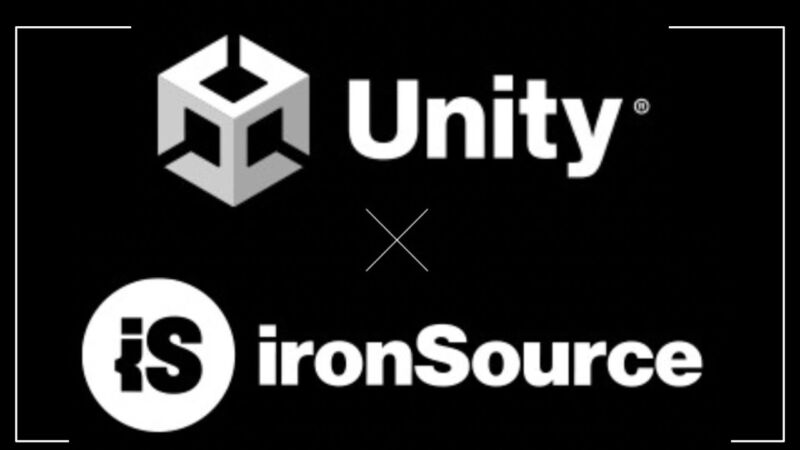New report details internal divisions, intense push for mobile ad money.

FURTHER READING
Unity makes major changes to controversial install-fee programIt’s been over a month now since Unity partially backtracked on its controversial proposed “pay per install” fee structure, a trust-destroying saga that seems to have contributed to the retirement of Unity CEO John Riccitiello. Now, a new report highlights some of the internal divisions over the “rushed-out” policy introduction and provides new insight into what may have been motivating the company to even attempt such a plan.
Business-focused site MobileGamer.biz cites multiple “sources from inside Unity and across the mobile games business” in reporting that Unity received some significant pushback from senior-level managers before rolling out its initial fee-restructuring plans. “Half of the people in that meeting said that this model is too complicated, it’s not going to be well-received, and we should talk to people before we do this,” one anonymous source told the site. “It felt very rushed. We had this meeting and were told it was happening, but we were not told a date. And then before we knew it, it was out there.”
After the negative reaction to that initial plan, Unity reportedly considered a modification that would take up to 4 percent of revenue from the largest Unity publishers—slightly under the 5 percent charged by the Unreal Engine. The final policy knocked that cap down to 2.5 percent only after the extent of the backlash became clear.
It’s all about those ads
While much of the industry furor was focused on the business impact Unity would have on mid-sized indie game publishers, MobileGamer’s reporting suggests Unity’s moves were actually more focused on extracting a larger share of the lucrative mobile ad mediation market. Unity made a massive investment in that market about a year ago when it acquired IronSource, one of many major tools that mobile game devs use to maximize revenue by managing inventory from multiple ad networks at once.Advertisement
FURTHER READING
Unity promises “changes” to install fee plans as developer fallout continuesSince then, Unity has reportedly been focused on taking down AppLovin, a competing mobile mediation platform that brings in billions of dollars in earnings each year. According to MobileGamer, the new fee structure was seen as a sort of bargaining chip that Unity could agree to waive for mobile developers who agreed to switch from AppLovin to IronSource. Instead, many major mobile game developers threatened to boycott Unity’s ad products after the proposed fees were announced.
“AppLovin is dominating, and Unity tried to use this policy as a forcing agent to try and get back some market share,” one source told the site. “It was IronSource and Unity’s play to increase their mediation business, effectively, and developers have been caught in the crossfire of this mediation war that’s been going on for a couple of years.”
Inside Unity, that kind of hardball push for more ad mediation customers may have been seen as necessary to make up for a huge hole in the company’s balance sheet. Despite bringing in over $1.8 billion in revenue in the 12 months ending in June 2023, Unity was nearly a billion dollars away from profitability during that same period, thanks in large part to a wave of expensive acquisitions. The perilous financial situation was reflected in Unity’s tumultuous stock price, which grew from a 2020 IPO price of $68 a share to a peak of nearly $200 a share in late 2021, only to tumble to $37 a share by the beginning of September.
“Ultimately, Unity has lost a lot of money over the last 18 years—billions of dollars—and they need to do something to make more money,” one Unity staffer who spoke to MobileGamer said. “Sadly, it wasn’t delivered well, but the need to make more money is still there.”
Even under Unity’s modified revenue structure, the largest developers will likely be able to negotiate terms that are better than Unity’s headline numbers, according to MobileGamer’s sources. And the smallest developers can continue using the Unity Engine under the free, personal tier. In between, it’s the mid-sized developers that may continue to feel the tightest squeeze in Unity’s continuing attempts to stabilize its balance sheet.




